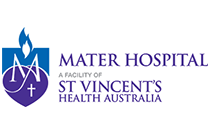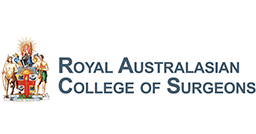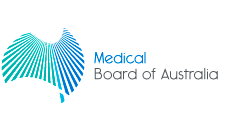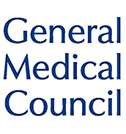Chondral (Articular Cartilage) Defects
What is an Articular Cartilage Defect?
Articular or hyaline cartilage is the tissue lining the surface of the two bones in the knee joint. Cartilage helps the bones move smoothly against each other and can withstand the weight of the body during activities such as running and jumping. Articular cartilage does not have a direct blood supply to it, so has less capacity to repair itself. Once the cartilage is torn it will not heal easily and can lead to degeneration of the articular surface, leading to development of osteoarthritis.
Causes of Articular Cartilage Defects
The damage in articular cartilage can affect people of all ages. It can be damaged by trauma such as accidents, mechanical injury such as a fall, or from degenerative joint disease (osteoarthritis) occurring in older people.
Symptoms of Articular Cartilage Defects
Patients with articular cartilage damage experience symptoms such as joint pain, swelling, stiffness, and a decrease in range of motion of the knee. Damaged cartilage needs to be replaced with healthy cartilage and the procedure is known as cartilage replacement. It is a surgical procedure performed to replace the worn-out cartilage and is usually performed to treat patients with small areas of cartilage damage usually caused by sports or traumatic injuries. It is not indicated for those patients who have advanced arthritis of the knee.
Treatment of Articular Cartilage Defects
There are various options to try and stimulate the joint surface to recreate its own cartilage and others that replace the damaged cartilage with cartilage from other areas of the knee.
Micro fracture, or drilling into the underlying bone where the defect is causes bleeding and release of bone marrow into the defect. Although this does not form true articular cartilage, it does create scar tissue that fills in the defect (dependant upon size of defect).
This is a well recognised procedure with generally good results.
Replacement of cartilage from another area (ACI, MACI) has limited success and can be very expensive.
OATS which utilises a true bone graft with overlying cartilage has better evidence of working.
Dr. Thornton-Bott utilises Micro-Fracture in the treatment of chondral defects.
If you have sustained a chondral defect, Dr. Thornton-Bott will investigate and discuss with you all options of management.













